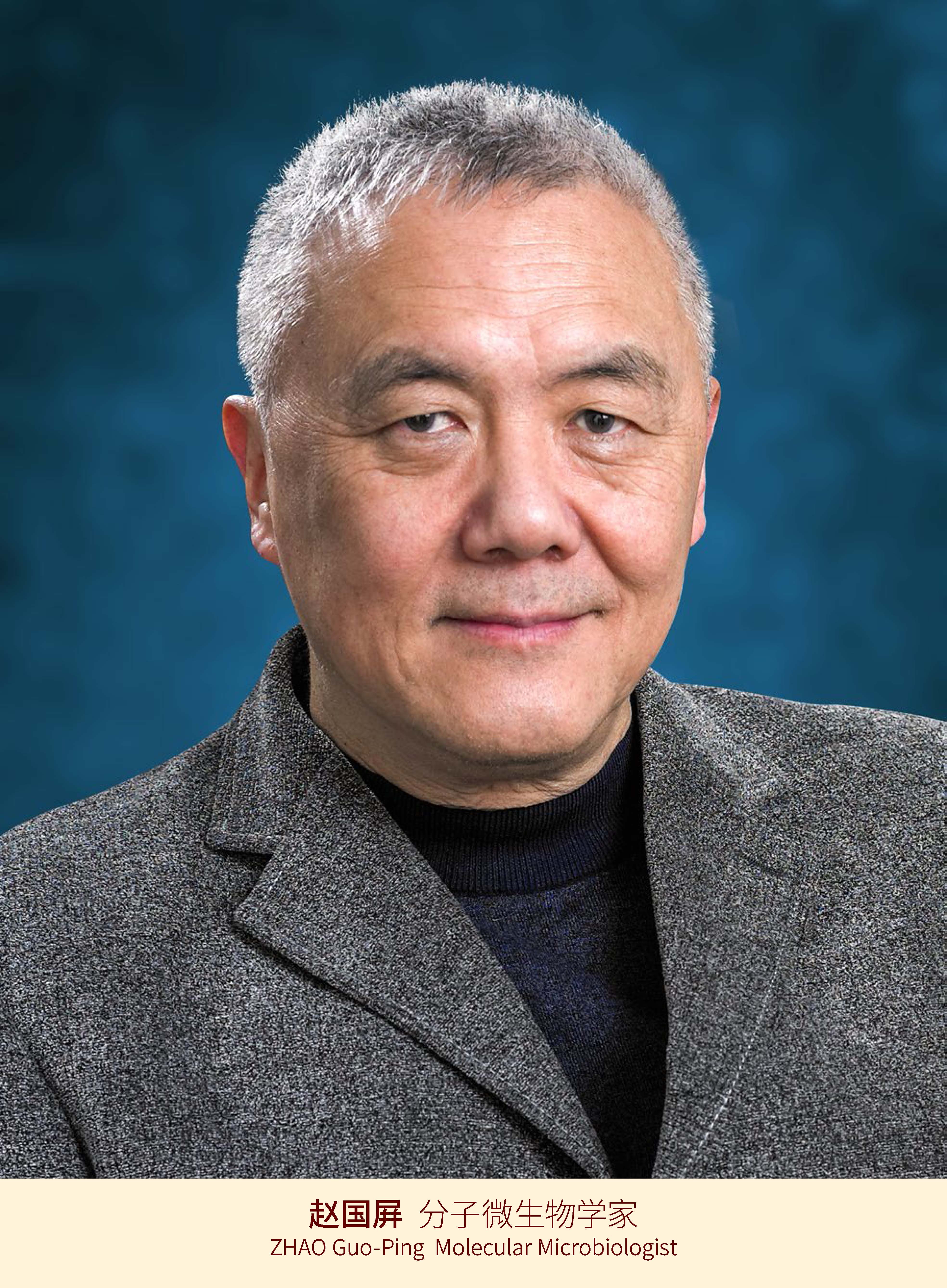
Elected as a member of CAS in 2005
Molecular Microbiologist
Guo-Ping ZHAO
Personal Profile
Guo-Ping ZHAO was born in Shanghai in 1948. He obtained his B.S. of Microbiology from Fudan University, Shanghai, China in 1982 and Ph.D. of Biochemistry from Purdue University, W. Lafayette, Indiana, USA in 1990. He was the first production manager of Shanghai Promega Biological Products, Ltd. when he returned back to China in 1992. He joined the Shanghai Institute of Plant Physiology, CAS in 1995 as a professor, director of the Microbiology Laboratory and later the deputy director of the institute. He was the director of Shanghai Research Center of Biotechnology, CAS from 1997 to 1999. From 1999 to 2001, he was the vice president of SIBS responsible for research and planning. He was a member of the Advisory Committee for Biotechnology of the State High Technology Development Program (863) from 1996 to 2005 and was elected the academician of the CAS in 2005.
Prof. Zhao has been working on the structure function relationship and reaction mechanisms of microbial enzymes since his graduate studies. Based on these studies, he is also interested in developing microbial and/or protein engineering technology for industrial application of these enzymes. He developed molecular genetics manipulation systems for studying rifamycin production in a rare actinomycete, Amycolotopsis mediterranei and has been working on cloning and characterizing genes related to the bacterial global regulation, coordinating the primary and secondary metabolisms. Prof. Zhao organized the genomic sequencing and annotation project for Leptospira interrogans. By characterizing some key metabolic pathways and functions of some potential pathogenic genes, new insights are emerging for further in depth study of the disease mechanism. He contributed to the comparative and functional genomic analyses for the pathogenicity of phytopathogen Xanthomonas campestris pv. campestris. In particular, employing this model system, the contributions of different genetic variations upon the host specificity phenotype that distinguishing the two different strains of the same species were analyzed in detail. He organized the consortium responsible for the study of SARS molecular epidemiology and SARS CoV evolution. He successfully analyzed the molecular evolution of the virus employing the accurate and comprehensive data of epidemiology. Meanwhile, aided by the mechanism of viral genomic variation and evolution learned via this study, the animal origin of the pathogen was strongly supported, the molecular markers of the epidemiological phases of the pandemic were assigned and the critical amino acid residues related to the cross host infection of SARS CoV were characterized. This knowledge has laid down a strong foundation for searching the nature reservoir of SARS CoV and for further understanding the mechanism of cross host infection of emerging zoonotic diseases.